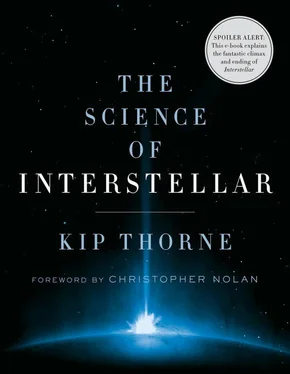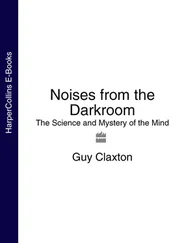The Volcano’s Rim

Late in Interstellar , Cooper has just dragged the Endurance out of its death spiral at Mann’s planet and feels a great sense of relief when the robot Case says to him: “We’re heading into Gargantua’s pull.”
Cooper makes a quick decision: “The navigation mainframe’s destroyed and we don’t have enough life support to make it back to Earth. But we might scrape to Edmunds’ planet.” “What about fuel?” Amelia Brand asks. “Not enough,” Cooper responds. “Let Gargantua suck us right to [near] the horizon, then a powered slingshot around to launch us at Edmunds’ planet.” “Manually?” “That’s what I’m here for. I’ll take us just inside the critical orbit.”
Within minutes they are at the critical orbit and all hell breaks loose.
In this chapter, I describe my scientist’s interpretation of this.
Tidal Gravity: Breaking the Endurance Away from Mann’s Planet
In my interpretation Mann’s planet is on a highly elongated orbit (Chapter 19). When the Endurance arrived at the planet, it was rather far from Gargantua but zooming inward. The Endurance ’s explosion (Chapter 20) occurred when the planet was nearing the black hole (Figure 27.1).
Cooper rescues the Endurance after the explosion and lifts it upward, away from the planet. In my interpretation, he lifts the Endurance high enough for Gargantua’s huge tidal forces to pry it away from the planet, sending it on a separate trajectory (Figure 27.2).
Centrifugal forces fling Mann’s planet outward on its next distant excursion, while the Endurance heads onto the critical orbit. [49] This big difference is due to the Endurance ’s having slightly less angular momentum than Mann’s planet, after tidal forces have done their thing. In Figure 27.3 the Endurance climbs up onto the volcano’s rim, but Mann’s planet does not quite make it up to the rim; it spirals back down the volcano’s side (centrifugal forces push it outward) and then up the gravitational energy surface, away from Gargantua.
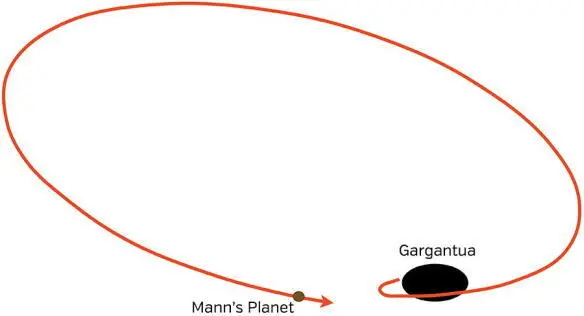
Fig. 27.1. The orbit of Mann’s planet and its location at the moment of the Endurance ’s explosion.
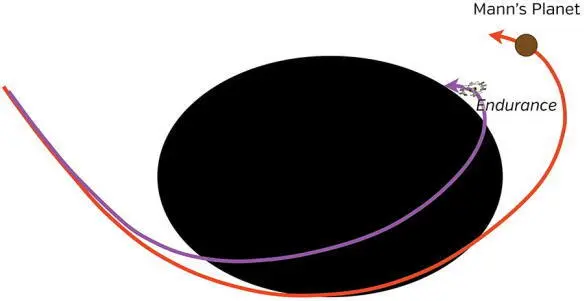
Fig. 27.2. The Endurance is pried away from Mann’s planet by Gargantua’s tidal forces. [Image of the Endurance is from Interstellar .]
The Critical Orbit and the Volcano Analogy
I discuss the critical orbit using a different type of picture than I’ve used before: Figure 27.3. I first describe this picture heuristically, and then I explain it in physicists’ language.
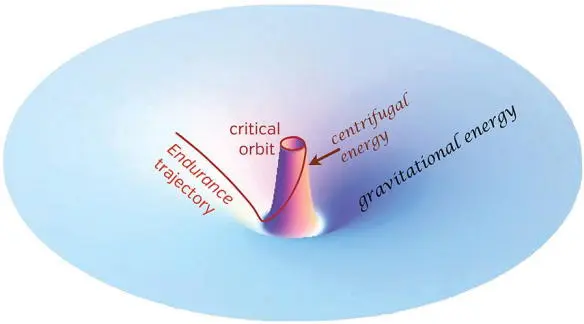
Fig. 27.3. The Endurance ’s trajectory on a volcano-like surface that represents its gravitational and centrifugal energies.
Think of the surface in Figure 27.3 as that of a smooth, granite sculpture sitting on the floor in your home. It sinks down to a deep moat that surrounds a sculpted volcano.
The Endurance , after being pried away from Mann’s planet, is like a tiny marble that rolls freely on this granite surface. As it rolls inward toward the moat, the marble picks up speed, because of the surface’s downward slope. It then rolls up the volcano’s side, slowing as it goes, and arrives on the volcano’s rim with some residual circumferential motion. And it then rolls around and around on the rim, delicately and unstably balanced between falling inward, into the volcano, and falling back outward and down to the moat.
The volcano’s interior is Gargantua, and the volcano’s rim is the critical orbit, from which the Endurance launches toward Edmunds’ planet.
The Meaning of the Volcano: Gravitational and Circumferential Energy
To explain the volcano’s meaning—how it relates to the laws of physics—I have to get a bit technical.
For the sake of simplicity, let’s pretend the Endurance is moving in Gargantua’s equatorial plane. (For the Endurance ’s nonequatorial trajectory the ideas are the same but because the black hole is not spherical, the details are more complicated.) The volcano analogy neatly encapsulates the true physics of the critical orbit and Gargantua’s trajectory. To explain how, I need two physics concepts: the Endurance ’s angular momentum, and its energy .
After tidal forces pry it apart from Mann’s planet, the Endurance has a certain amount of angular momentum (its circumferential speed around Gargantua times its distance from Gargantua). The relativistic laws tell us that this angular momentum remains fixed (conserved) along the Endurance ’s trajectory; see Chapter 10. This means that, as the Endurance plunges toward Gargantua, with its distance from Gargantua decreasing, its circumferential speed increases. This is similar to an ice-skater, whose whirling speed increases when she moves her arms in (Figure 27.4).
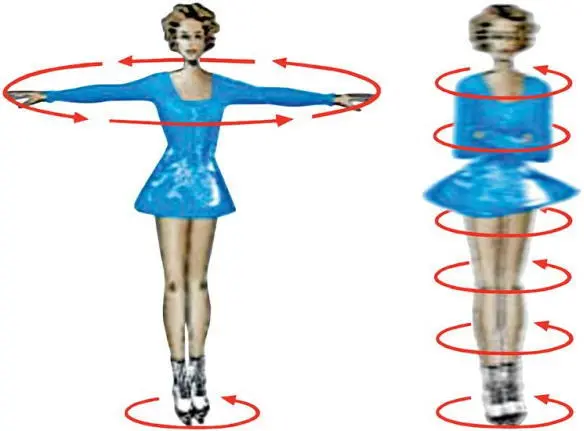
Fig. 27.4. Ice skater.
The Endurance heads toward Gargantua with a certain amount of energy, which like its angular momentum remains constant along its trajectory. This energy consists of three parts: the Endurance ’s gravitational energy , which gets more and more negative as the Endurance plunges toward Gargantua; its centrifugal energy (its energy of circumferential motion around Gargantua), which increases as the Endurance plunges because the circumferential motion is speeding up; and its radial kinetic energy (its energy of motion toward Gargantua).
The surface in Figure 27.3 is the Endurance ’s gravitational energy plus its centrifugal energy plotted vertically, and location in Gargantua’s equatorial plane plotted horizontally. Wherever the surface dips downward, the Endurance ’s gravitational plus centrifugal energy decreases, so its radial kinetic energy must increase (since the total energy is unchanged); its radial motion must speed up. This is precisely what happens in our intuitive, volcano analogy.
Outside the moat of Figure 27.3, the surface’s height is controlled by the Endurance ’s negative gravitational energy (see the “gravitational energy” label on the figure). By comparison, there the positive centrifugal energy is unimportant. On the outer edge of the volcano, by contrast, the height is controlled by the rising centrifugal energy, which has come to dominate over the gravitational energy. On the inside of the volcano, near Gargantua’s horizon, the gravitational energy has grown hugely negative and overwhelms the centrifugal energy, so the surface plunges downward (Figure 27.5). The critical orbit is on the volcano’s rim.
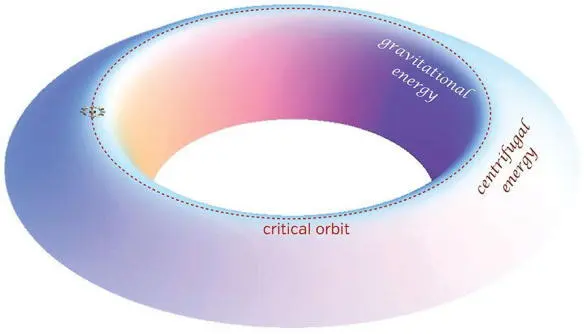
Fig. 27.5. The Endurance ’s critical orbit on the rim of the volcano, with centrifugal energy and force dominating outside the rim and gravitational energy and force dominating inside. [Image of the Endurance is from Interstellar .]
The Critical Orbit: Balance of Centrifugal and Gravitational Forces
Читать дальше
